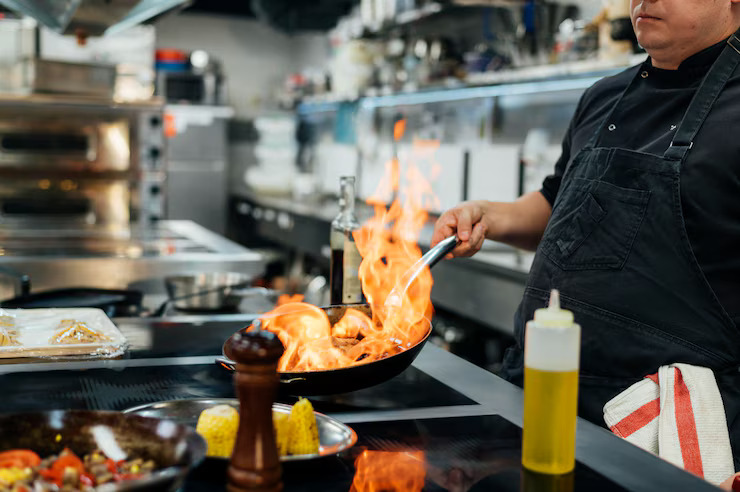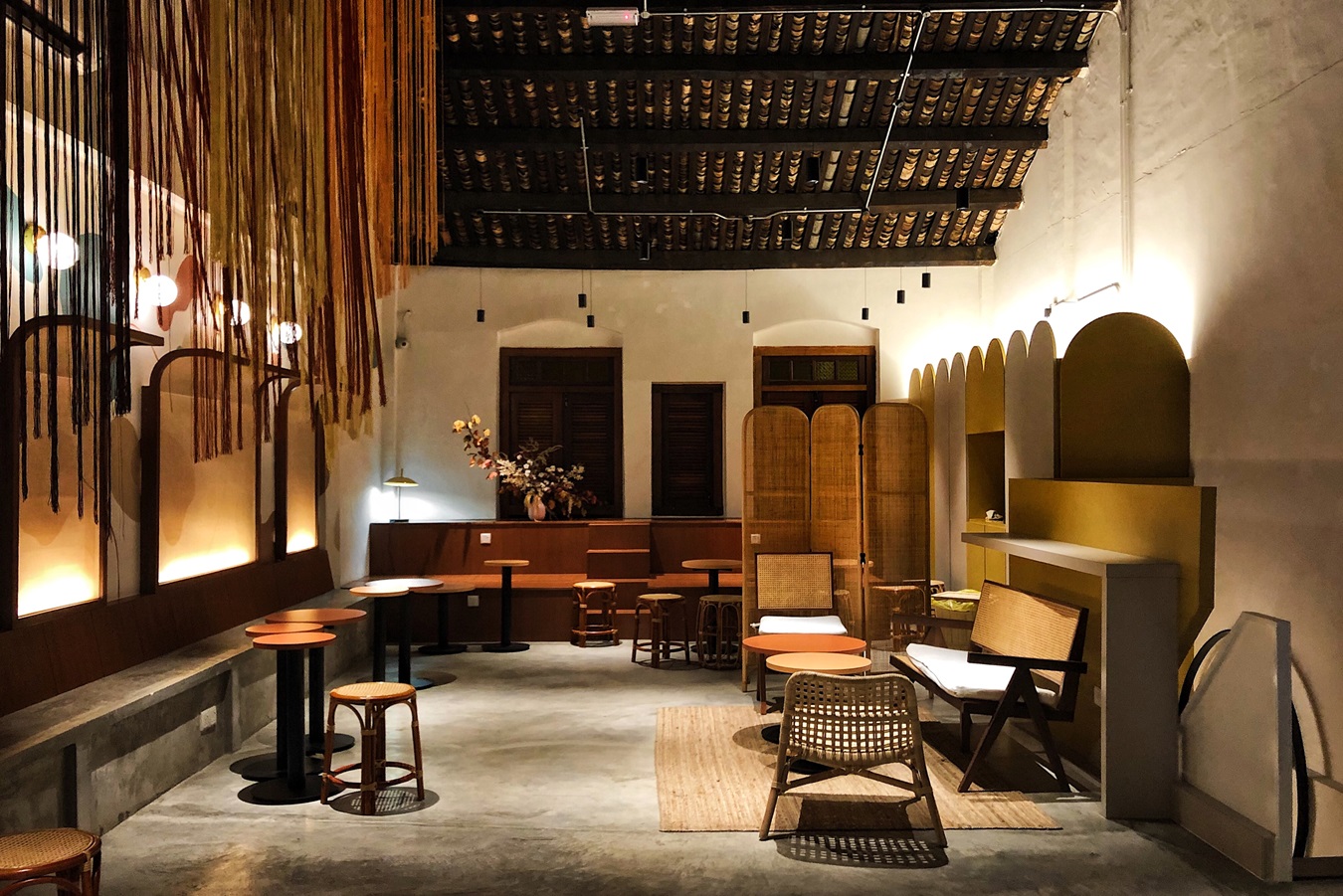 SHARE
SHARE
Understand the Meaning of Hot Kitchen and Cold Kitchen to Avoid Confusion!
Briantama Afiq Ashari
Have you ever come across the terms hot kitchen and cold kitchen but weren’t quite sure what they meant?
In the world of professional culinary arts, these two terms are essential—especially if you're building or managing a restaurant.
Understanding the differences and functions of hot kitchen and cold kitchen is key to having an efficient kitchen and great service.
What is a Hot Kitchen?
A hot kitchen is the area of the kitchen used for cooking food using heat. This is where food preparation techniques like frying, boiling, sautéing, and baking take place.
No wonder the hot kitchen is often called the heart of the restaurant kitchen because it’s where the main dishes are prepared and cooked.
Typical dishes made in a hot kitchen include:
- Fried rice
- Soups
- Steaks
- Grilled chicken
Activities in the hot kitchen are usually fast-paced and require strong teamwork and time management.
The responsibilities go beyond cooking, they also include ingredient preparation, timing the cooking process according to orders, and maintaining food hygiene and safety.
Read Also: Important! Pay Attention to These 5 Things When Opening a Restaurant Business
What is a Cold Kitchen?
Source: Freepik
Meanwhile, the cold kitchen is the section of the kitchen used for preparing dishes that don’t require heating. This includes:
- Salad
- Sandwich
- Cold desserts
- Appetizers like carpaccio or sushi.
Even though it might seem more relaxed, the cold kitchen demands precision and attention to detail especially when it comes to aesthetic presentation (plating), flavor, and texture.
Many pastry chefs and salad specialists begin their careers in the cold kitchen because it requires a creative eye and fine motor skills.
Key Differences Between Hot Kitchen and Cold Kitchen
Even though their functions are different, hot and cold kitchens complement each other.
In a single order, dishes from both areas may need to be served together—making coordination between the two sections crucial for smooth service.
Read Also: Chef Levels You Must Know If You Want to Build Your Own Restaurant
Why is This Division Important?
Source: Freepik
Separating the kitchen into hot kitchen and cold kitchen areas helps increase operational efficiency.
With clear separation, each team can focus on their specific tasks without overlapping and creating chaos.
Imagine if both hot and cold dishes were prepared on the same workstation—it would be a total mess!
This division helps streamline kitchen operations and ensure faster food service.
Tips to Keep Hot and Cold Kitchen Running Smoothly
To make sure the hot kitchen and cold kitchen work in harmony, here are a few practical tips:
- Maintain clear communication among kitchen staff.
- Align food prep and cooking schedules.
- Use a neat order and tracking system.
- Leverage kitchen technology like kitchen display system to prevent miscommunication.
Conclusion
Now you understand that the hot kitchen is the core for cooking hot dishes, while the cold kitchen is responsible for preparing non-heated meals like salads and desserts.
Both areas are equally important and play a vital role in running a restaurant kitchen efficiently.
If you’re running a culinary business, make sure your kitchen layout is clearly divided between hot kitchen and cold kitchen.
With proper systems and the right technology—like ESB Kitchen —your kitchen can run more smoothly, serve faster, and satisfy more customers.
Contact the ESB Team for free consultation!
 SHARE
SHARE




